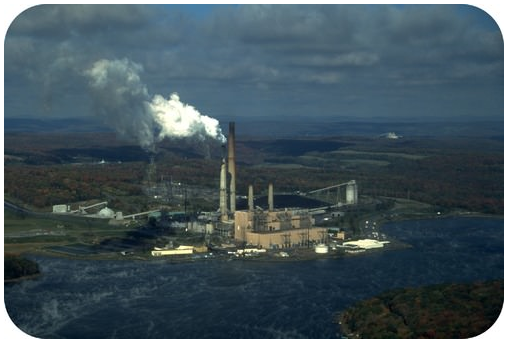3.18: Calorimetry
- Page ID
- 209988
Learning Objectives
- Differentiate between heat capacity and specific heat capacity.
- Calculate enthalpy (heats) of reactions using calorimetry data
In the previous section we used average bond energies to estimate the change in enthalpy of a reaction (also called the heat of reaction). Heats of reactions can be experimentally measured using calorimetry. Calorimetry relies on measuring the energy change of a substance, often water, to which energy was transferred into or absorbed from during the chemical reaction. How substances respond to heat is dependent upon their heat capacity.
Heat Capacity and Specific Heat
If a glass of water and a large pot filled with water are both at the same temperature and the same amount of heat energy is added to each of them, which one will experience a greater increase in temperature? If a metal spoon and an equal mass of water, both at the same temperature initially, have the same amount of energy transferred to each of them, which would experience a greater increase in temperature?
The small glass of water and the metal will experience the greater change in temperature because the small glass of water has a lower heat capacity than the large pot of water and the metal has a lower heat capacity than the same mass of water. Heat capacity is a measure of the amount of energy needed to change the temperature of an object by 1oC. These two examples show that the heat capacity of an object is dependent on its mass and on its composition.
A property related to heat capacity but independent of the mass of the object is the specific heat capacity. The specific heat capacity is defined as the amount of energy needed to change the temperature of 1 gram of a substance by 1oC and is represented by the symbol c. The units on specific heat are often expressed as joules per gram per degree (J/g-oC) or as calories per gram per degree (cal/g-oC).
| Substance | Specific Heat Capacity at 25oC in J/g oC |
Substance | Specific Heat Capacity at 25oC in J/g oC |
|---|---|---|---|
| \(\ce{H2}\) gas | 14.267 |
|
|
| \(\ce{He}\) gas | 5.300 |
|
|
| \(\ce{H2O(l)}\) | 4.184 |
|
|
|
|
|
|
|
|
|
|
|
|
|
|
|
|
|
|
|
|
|
|
|
|
|
|
|
Water is commonly used as a coolant for machinery because it is able to absorb large quantities of heat (see table above). Coastal climates are much more moderate than inland climates because of the presence of the ocean. Water in lakes or oceans absorbs heat from the air on hot days and releases it back into the air on cool days.

The energy transferred into or out of a substance can be calculated if the mass and temperature change is measured and the specific heat capacity is known:
q = m x c x ΔT
where q = energy transferred
m =mass of the substance
c = specific heat of the substance
ΔT = Tfinal – Tinitial (change in temperature of the substance)
Example:
Suppose the energy released when a fuel is burned is completely transferred into a 500.0 g sample of water initially at 18.0oC. The final temperature of the water is 28.0oC. How much energy did the water gain?
The specific heat of water is 4.184 J J/g-oC.
q = (500.0 g)( 4.184 J J/g-oC)(28.0oC – 18.0oC) = 20,920 J
Summary
- Heat capacity is the amount of heat required to raise the temperature of an object by \(1^\text{o} \text{C}\)).
- The specific heat of a substance is the amount of energy required to raise the temperature of 1 gram of the substance by \(1^\text{o} \text{C}\).
- You can calculate the heat (energy) of a reaction using the equation: q = m x c x ΔT
Contributions & Attributions
This page was constructed from content via the following contributor(s) and edited (topically or extensively) by the LibreTexts development team to meet platform style, presentation, and quality:
Henry Agnew (UC Davis)

